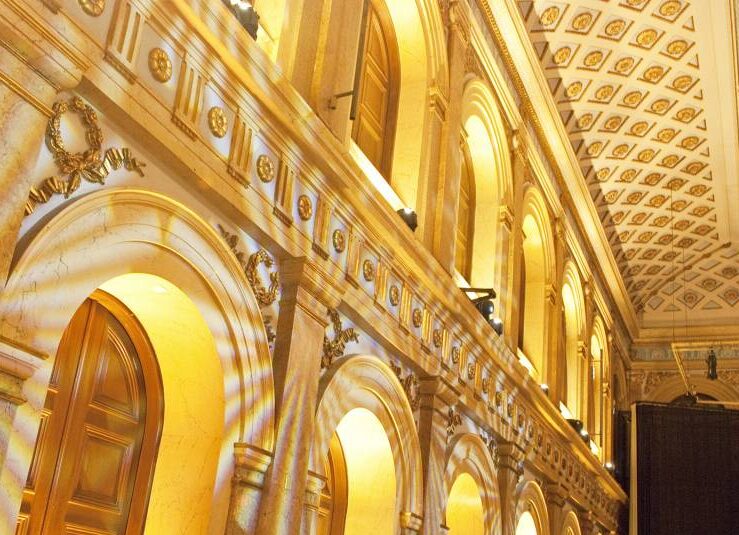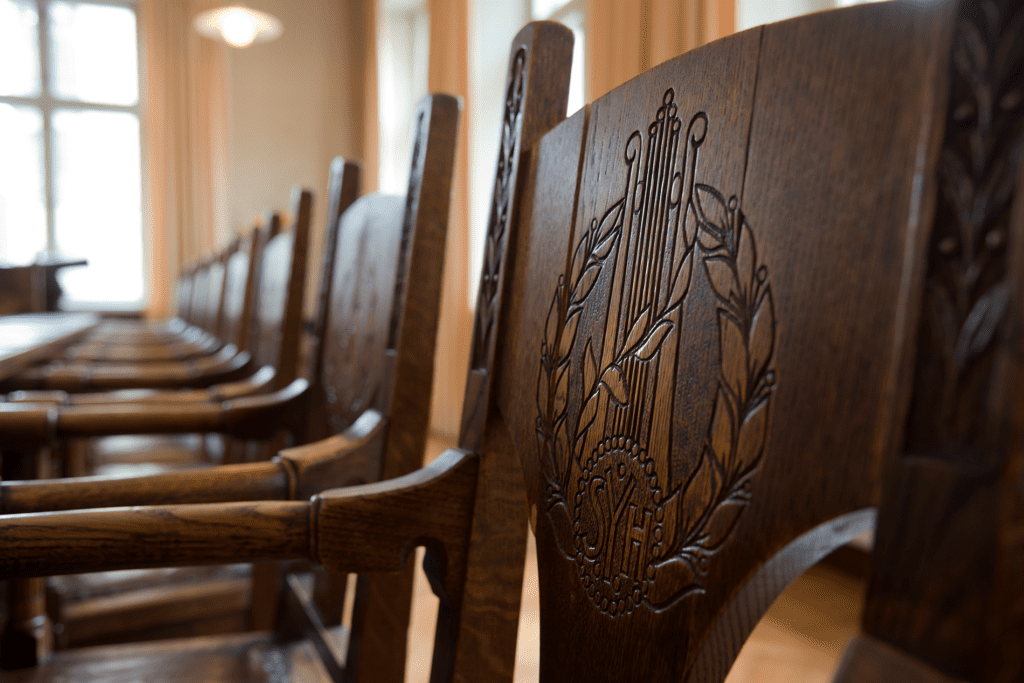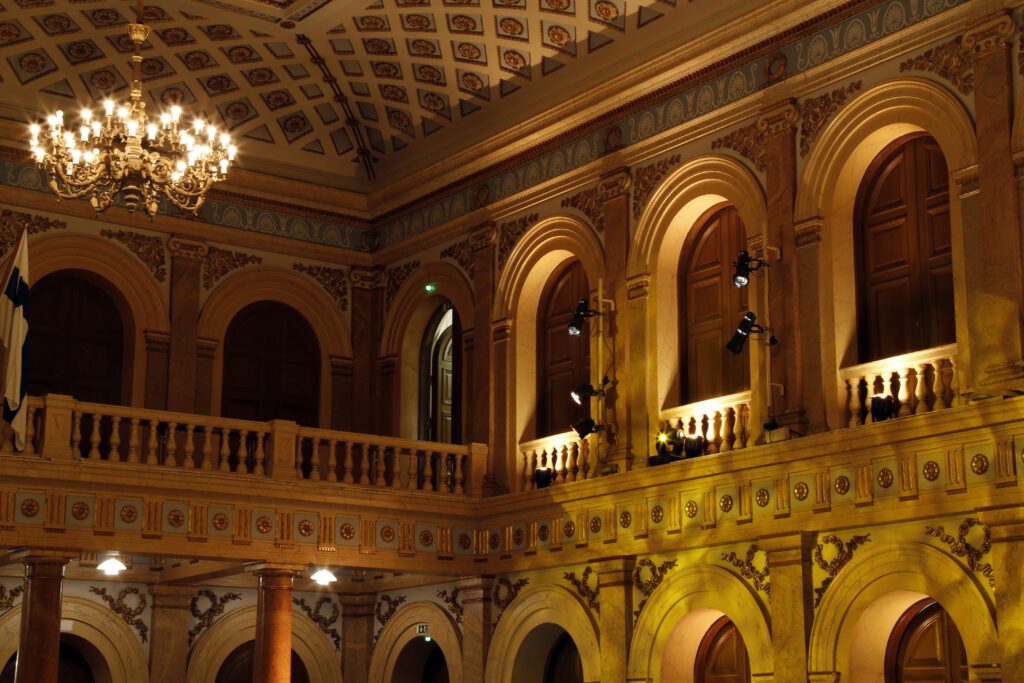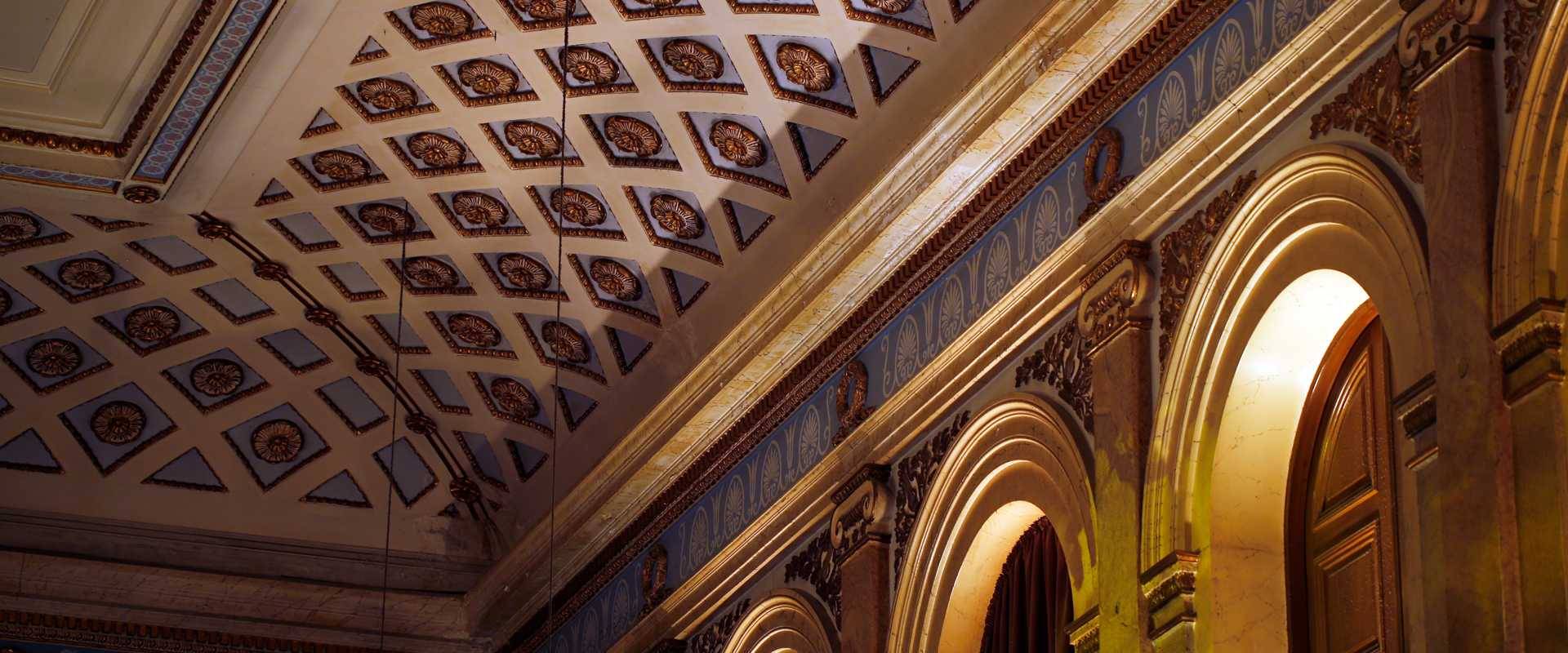The Old Student House – History
THE OLD STUDENT HOUSE IS AN INTEGRAL PART OF HELSINKI’S CULTURAL HISTORY.
IT HAS BEEN A VENUE FOR CELEBRATIONS AND MEETINGS FOR MORE THAN 140 YEARS.
In the 1840s, students started to gather at town surgeon Pihlflyckt’s house, which still stands at Hallituskatu 3. However, the idea of a house for students had often been discussed because of the high cost and lack of space in Pihlflyckt’s house.
The atmosphere during the reign of Alexander II of Russia was open for social reforms, which offered the politically active university lecturers J.V. Snellman, Fredrik Cygnaeus and C.G. Estlander opportunities to promote the idea of constructing a house for students. They may have been inspired by the ideals of the era: education, collaboration and teetotalism.
Helsinki city council submitted the drawings prepared by Axel Hampus Dalström to the local register office in September 1868, and they were sent to St. Petersburg to be approved by Alexander II. Preparations for the construction began in August 1868, but it was not until late the following winter that the timber for the foundations was obtained.
The building, financed by a fundraising campaign and donations, was inaugurated on 26 November 1870. The programme included Mendelssohn’s march, the song “Maamme”, extracts from Haydn’s Creation, a speech by chairman Otto Donner as well as poems by Topelius and Lönnrot. The ball went on until four in the morning.
The invoice sent in by restaurateur Kleineh shows that the party-goers consumed not only food but also 463 bottles of beer, 25 bottles of cognac, 13 bottles of sherry and port, several bottles of wine and 75 large carafes of Swedish punch. Grapes and cigars were sourced from St. Petersburg. The inauguration incurred some FIM 5,000 in additional costs, which meant that every taxpayer in Helsinki had to pay an additional tax of 15 marks for four months.

The text “Spei suae patria dedit”, “a gift from the Motherland to its future hope”, was carved on the panel in 1873. R. W. Ekman’s painting “Väinämöinen’s Play” was placed in the house the following year. Walter Runeberg donated his sculptures “Psyche with Jupiter’s eagle” and “Apollo and Marsyas”. Chancellor of the university, Alexander Alexandrovich (Later Alexander III), visited the house in 1876.
The estate of the burgesses met there in 1878, and Walter Runeberg’s frieze “Kleobis and Biton” was installed on the façade the same year. The last decorations on the façade, sculptor Robert Stigell’s “Ilmarinen” and “Väinämöinen”, were placed in the alcoves beside the main entrance in 1888.
The basement
The Old Student House’s basement housed the meeting rooms, where some students’ associations met. On the first floor, there was a warm vestibule along with a couple of small halls. The floor also included the banqueting hall, a billiard room, and three rooms for meetings. There was a library, the music hall, small halls and a balcony on the second floor.
Akseli Gallen-Kallela painted the powerful fresco “Kullervo Sets Off for War” in the music hall in 1901. A couple of years later, the house was furnished with pieces by Count Louis Sparre and architect Walter Thomé. The furniture included pine stained red, dark oak, and buffalo skin. There were also delicate and light, almost Gustavian, sofas and chairs. That was the fashion in 1901.
For students, the house was a place to meet and party. The restaurant had a popular smørrebrød buffet. However, the students’ table manners sometimes fell short of expectations. This issue was even discussed in the student paper. The number of students finally reached such a level that the construction of a new student house became necessary. The New Student House was inaugurated in 1910, and ever since then Hampus Dalström’s building has been known as the Old Student House.


The building has been renovated and modified to adapt to its users and the times, but its essence has remained the same.
Suomalainen kirjakauppa opened its bookshop with impressive glass domes and huge windows next door in 1929. The following decade, the café walls were decorated with caricatures of university bigwigs. The basement was converted into a restaurant in the 1960s.
The good times, however, came to an abrupt end at 1:07 am on 8 April 1978 when the Helsinki fire brigade was called to a fire in the Old Student House. They managed to save the art from the flames and smoke. Some paintings were salvaged by cutting them out of their frames. This was done just in time before the banqueting hall ceiling came down. Seeing the charred beams and the walls blackened by the smoke, the students thought that they’d never meet up in the building again.
The preliminary estimate for the damage was 15 million marks. There was a unanimous decision, however, to renovate the building immediately after the fire. The renovation, designed by architects Vilhelm Helander and Juha Leiviskä, and the restoration were completed in late 1979.
The Old Student House is still a meeting place for students and the people of Helsinki. Its restaurants and banqueting hall are popular venues for events and parties. The Old Student House still lives life to the full.
Abridged from the text by Helsinki university Student Union Archivist Jari Eerola.

